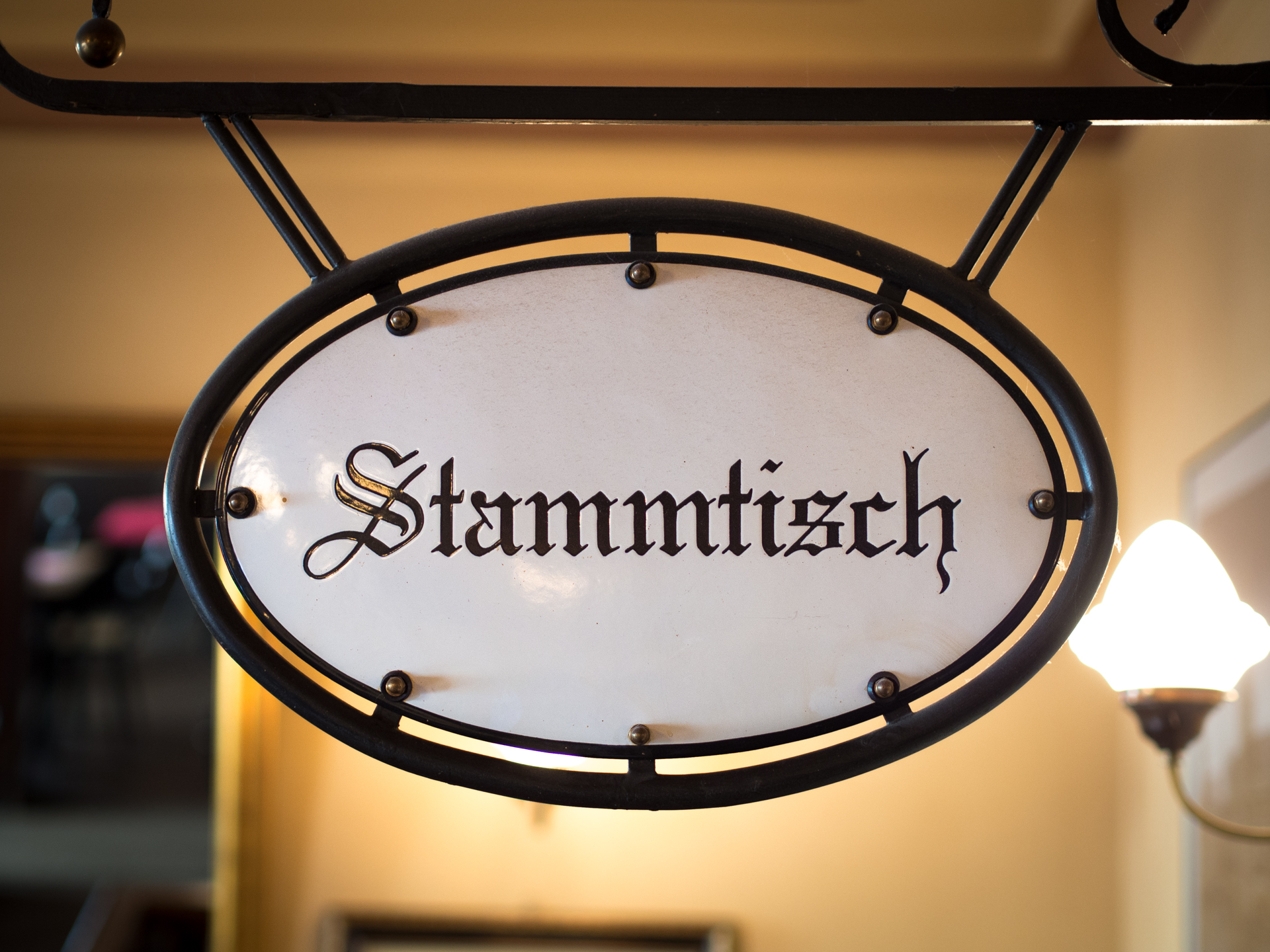You can also easily connect this lesson to examining a cultural perspective, "Where do Austrians go to connect with and within their community?" You can compare and contrast this with what is done in your students' community.
Unit Essential Question
How do cultural products and practices reveal information about a culture's values or perspectives?
Daily Learning Target: I can describe a scene at an Austrian Kaffeehaus.
Alabama Course of Study Standards Addressed: Modern Language, Level III
3. Use target language to create oral presentations on a variety of topics using familiar vocabulary and learned structures and time frames.
4. Analyze information learned about the perspectives and practices of a target culture to describe patterns of behavior typically associated with those cultures.
ACTFL Can-Do Statements:
Interpretative Reading (Intermediate-High)
I can understand the main idea and a few supporting facts about famous people.
Presentational Speaking (Novice-‐High)
I can present information about others using phrases and simple sentences.
Interpersonal Speaking (Novice-High)
I can usually handle short social interactions in everyday situations by asking simple questions.
Before strategy:
Vor dem Lesen: Ss discuss the words: Stammgast, Stammcafé, Stammtisch

During strategy:
Lesen: Ss have a copy of page 53 from "Ins Kaffeehaus" book and have read the biographical text as homework
- Preview: read out loud biographical text about Peter Altenberg
- View: Ss present "ich" statements that they created as homework based on the biographical text and back up with textual evidence from the original, then as a group, compose and collaborate on one common text
- Review: as individuals, fill out a Lebenslauf form for Altenberg
After strategy:
Nach dem Lesen: Large group discussion of Altenbergs's cemetery stone in the Wiener Zentralfriedhof "Er liebte und sah!" *Altenberg requested that this was what was put on his gravestone.*
Vocabulary/Reading activity: page 8 "Ins Kaffeehaus" book
This activity I found in a document titled "Using Visual Material in the Foreign Language Classroom" by Harry Grover Tuttle. It's listed as #5.
*Interesting factoid about Café Sperl: It was featured in the film "Before Sunrise (1995)" with Ethan Hawke. There's a quick little scene in the cafe available on YouTube that illustrates the atmosphere of a Kaffeehaus before the two main actors enter. Chuckle-worthy for sure.
- Aufgabe 2 Ss match images with verb phrases (individual)
- Aufgabe 3 Ss describe in complete sentences what the people are doing in the images (partner work)
- Aufgabe 4 (I would recommend this for a more advanced group)
Exit strategy:
Ss view photo of mine from one of my visits to Café Sperl* in Vienna. Ss compete against one another to see who can make the most questions in German about the photo. Ss do not formulate answers to those questions. They just simply ask questions.
This activity I found in a document titled "Using Visual Material in the Foreign Language Classroom" by Harry Grover Tuttle. It's listed as #5.
*Interesting factoid about Café Sperl: It was featured in the film "Before Sunrise (1995)" with Ethan Hawke. There's a quick little scene in the cafe available on YouTube that illustrates the atmosphere of a Kaffeehaus before the two main actors enter. Chuckle-worthy for sure.
